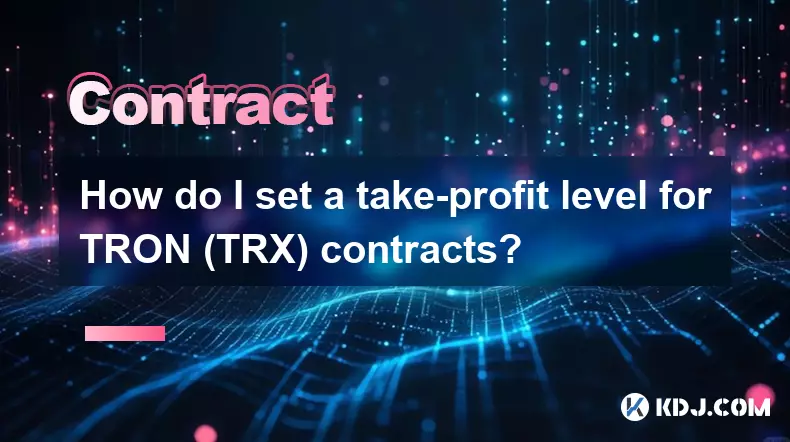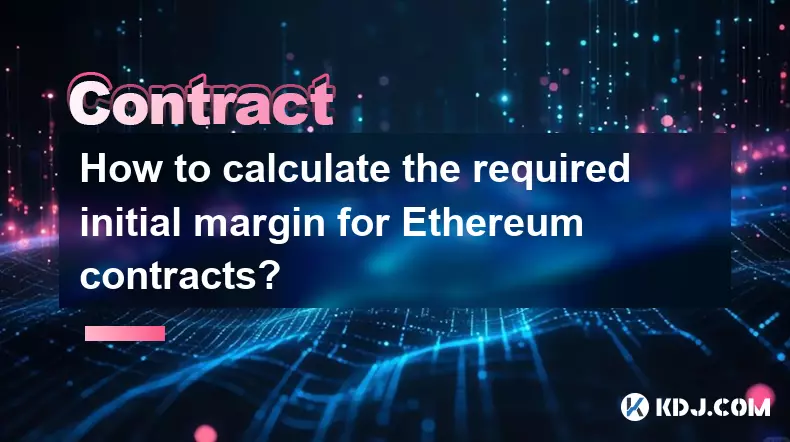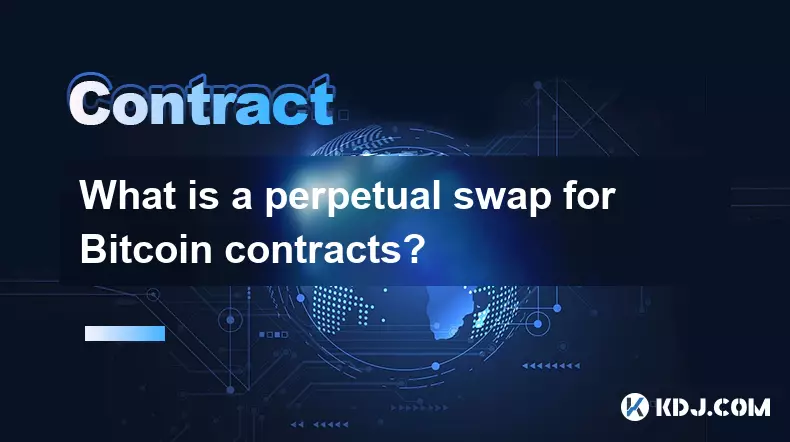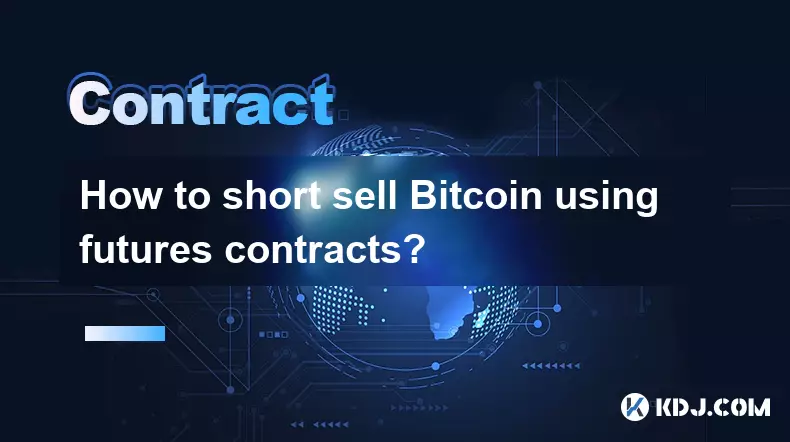-
 bitcoin
bitcoin $114320.977035 USD
-0.40% -
 ethereum
ethereum $4152.439985 USD
-1.75% -
 tether
tether $1.000111 USD
-0.04% -
 xrp
xrp $2.843037 USD
-1.63% -
 bnb
bnb $1013.349380 USD
-1.62% -
 solana
solana $208.362767 USD
-2.10% -
 usd-coin
usd-coin $0.999783 USD
0.00% -
 dogecoin
dogecoin $0.232559 USD
-1.00% -
 tron
tron $0.333491 USD
-1.09% -
 cardano
cardano $0.806310 USD
0.19% -
 hyperliquid
hyperliquid $45.023720 USD
-1.59% -
 ethena-usde
ethena-usde $1.000819 USD
-0.06% -
 chainlink
chainlink $21.241249 USD
-2.11% -
 avalanche
avalanche $30.035416 USD
-0.66% -
 stellar
stellar $0.364984 USD
-2.05%
How do I set a take-profit level for TRON (TRX) contracts?
Setting a take-profit in TRX futures helps lock in gains automatically, using technical levels and market structure for optimal exit points.
Sep 27, 2025 at 12:54 am

Understanding Take-Profit in TRON (TRX) Futures Trading
1. Setting a take-profit level in TRON (TRX) futures contracts involves identifying a predetermined price point at which your position will automatically close to secure gains. This strategy is essential for traders aiming to lock in profits without constant monitoring of market movements. The crypto derivatives market, particularly on platforms like Binance, Bybit, and OKX, allows users to set both take-profit and stop-loss orders simultaneously when opening leveraged positions.
2. To establish a valid take-profit target, traders must analyze recent price action, support and resistance zones, and key technical indicators such as moving averages or Fibonacci extensions. For instance, if TRX has shown consistent rejection at $0.125 in prior sessions, that level may serve as a logical take-profit zone when entering a long position from $0.110.
3. It’s crucial to align the take-profit with the overall market structure. In a bullish trend, placing the take-profit near ascending resistance levels increases the probability of execution. Conversely, during consolidation phases, tighter profit targets based on short-term volatility may be more effective.
4. Leverage plays a significant role in determining appropriate take-profit distances. Higher leverage amplifies both gains and risks, meaning overly ambitious profit targets might result in premature liquidation if the market retraces before reaching the intended level.
Steps to Configure Take-Profit on Major Exchanges
1. On most derivative platforms, after selecting the TRX/USDT perpetual contract, users can switch from “Market” to “Limit” or “Conditional” order types. Within the order panel, fields for “Take Profit” and “Stop Loss” appear, allowing numeric input for trigger prices.
2. Traders should enter the desired exit price under the “Take Profit” field. Some exchanges also allow setting a trailing take-profit, which adjusts dynamically with price momentum, helping capture extended moves while protecting unrealized gains.
3. Before confirming, verify whether the order uses mark price or last traded price as the trigger mechanism. Using mark price prevents manipulation-based liquidations and ensures more reliable execution during volatile swings.
4. Once submitted, the exchange monitors the market. When the specified price condition is met, the system automatically closes the position and credits the realized profit to the wallet balance.
Risk Management and Position Sizing Considerations
1. A well-structured trading plan incorporates risk-reward ratios when defining take-profit levels. For example, targeting a 2:1 reward relative to risk means the distance from entry to take-profit should be twice that of entry to stop-loss.
2. Ignoring proper position sizing can undermine even the most accurate price predictions. If a trader allocates too much capital per trade, a series of small losses or premature take-profit hits can erode the account balance rapidly.
3. Volatility in TRX often spikes around network upgrades, regulatory news, or broader BTC market shifts. During such periods, static take-profit levels may need adjustment to reflect expanded price ranges.
4. Utilizing partial take-profit strategies—where only a portion of the position closes at an initial target—allows traders to secure profits while maintaining exposure for further upside.
Common Mistakes in Setting TRX Take-Profit Levels
1. One frequent error is placing take-profit orders too close to the entry price, driven by fear of reversal. While this leads to frequent wins, the gains may not adequately compensate for losses over time due to poor risk-reward alignment.
2. Another issue arises when traders rely solely on round numbers (e.g., $0.150) without confirming if those levels hold historical significance. Markets often react stronger to psychologically relevant prices backed by actual volume and order book depth.
3. Failing to reassess take-profit levels after major news events can result in missed opportunities or early exits. For instance, a positive announcement about TRON’s DeFi ecosystem might justify extending profit targets upward.
4. Overcomplicating strategies with multiple layered take-profits without clear logic can lead to confusion and inconsistent performance across trades.
Frequently Asked Questions
What happens if the take-profit level isn’t reached?If the market doesn’t reach the specified price, the take-profit order remains active until canceled or the position is manually closed. In ranging markets, this may mean the full profit potential isn’t captured.
Can I modify a take-profit order after placing it?Yes, most exchanges allow users to edit or cancel take-profit orders as long as the position remains open. Adjustments are recommended when new data alters the original thesis behind the trade setup.
Is it better to use a limit order instead of a conditional take-profit?Conditional take-profit orders are generally preferred in futures trading because they are tied directly to the open position and execute automatically upon triggering. Limit orders require separate management and may not cancel if the position closes unexpectedly.
How does funding rate affect take-profit timing in TRX perpetuals?High positive funding rates indicate long dominance. Holding long positions through high funding periods may reduce net profits even if the take-profit executes successfully. Traders sometimes close positions ahead of scheduled funding payments to avoid cost accumulation.
Disclaimer:info@kdj.com
The information provided is not trading advice. kdj.com does not assume any responsibility for any investments made based on the information provided in this article. Cryptocurrencies are highly volatile and it is highly recommended that you invest with caution after thorough research!
If you believe that the content used on this website infringes your copyright, please contact us immediately (info@kdj.com) and we will delete it promptly.
- BlockDAG, DOGE, HYPE Sponsorship: Crypto Trends Shaping 2025
- 2025-10-01 00:25:13
- Deutsche Börse and Circle: A StableCoin Adoption Powerhouse in Europe
- 2025-10-01 00:25:13
- BlockDAG's Presale Buzz: Is It the Crypto to Watch in October 2025?
- 2025-10-01 00:30:13
- Bitcoin, Crypto, and IQ: When Genius Meets Digital Gold?
- 2025-10-01 00:30:13
- Stablecoins, American Innovation, and Wallet Tokens: The Next Frontier
- 2025-10-01 00:35:12
- NBU, Coins, and Crypto in Ukraine: A New Yorker's Take
- 2025-10-01 00:45:14
Related knowledge

What is the maintenance margin for Bitcoin contracts?
Oct 02,2025 at 01:36am
Decentralized Exchanges Gain Momentum in 20241. Decentralized exchanges (DEXs) have seen a significant rise in trading volume, surpassing centralized ...

How to calculate the required initial margin for Ethereum contracts?
Oct 01,2025 at 06:01am
Understanding Initial Margin in Ethereum Futures1. The initial margin for Ethereum futures contracts represents the minimum amount of capital a trader...

What is a perpetual swap for Bitcoin contracts?
Oct 01,2025 at 08:18am
Understanding Perpetual Swaps in Bitcoin Trading1. A perpetual swap is a type of derivative contract that allows traders to speculate on the price of ...

What is the best platform for trading SOL contracts?
Oct 01,2025 at 06:36am
Understanding the Role of Decentralized Exchanges in Modern Crypto Trading1. Decentralized exchanges (DEXs) have reshaped how traders interact with di...

How to short sell Bitcoin using futures contracts?
Oct 01,2025 at 02:54am
Understanding the Role of Decentralized Exchanges in Crypto Trading1. Decentralized exchanges (DEXs) have become a cornerstone of the cryptocurrency e...

Are PEPE contracts a good way to trade volatility?
Oct 01,2025 at 04:18am
Understanding PEPE Contracts in the Cryptocurrency Market1. PEPE contracts, derived from the broader meme coin movement, have gained attention due to ...

What is the maintenance margin for Bitcoin contracts?
Oct 02,2025 at 01:36am
Decentralized Exchanges Gain Momentum in 20241. Decentralized exchanges (DEXs) have seen a significant rise in trading volume, surpassing centralized ...

How to calculate the required initial margin for Ethereum contracts?
Oct 01,2025 at 06:01am
Understanding Initial Margin in Ethereum Futures1. The initial margin for Ethereum futures contracts represents the minimum amount of capital a trader...

What is a perpetual swap for Bitcoin contracts?
Oct 01,2025 at 08:18am
Understanding Perpetual Swaps in Bitcoin Trading1. A perpetual swap is a type of derivative contract that allows traders to speculate on the price of ...

What is the best platform for trading SOL contracts?
Oct 01,2025 at 06:36am
Understanding the Role of Decentralized Exchanges in Modern Crypto Trading1. Decentralized exchanges (DEXs) have reshaped how traders interact with di...

How to short sell Bitcoin using futures contracts?
Oct 01,2025 at 02:54am
Understanding the Role of Decentralized Exchanges in Crypto Trading1. Decentralized exchanges (DEXs) have become a cornerstone of the cryptocurrency e...

Are PEPE contracts a good way to trade volatility?
Oct 01,2025 at 04:18am
Understanding PEPE Contracts in the Cryptocurrency Market1. PEPE contracts, derived from the broader meme coin movement, have gained attention due to ...
See all articles










































































